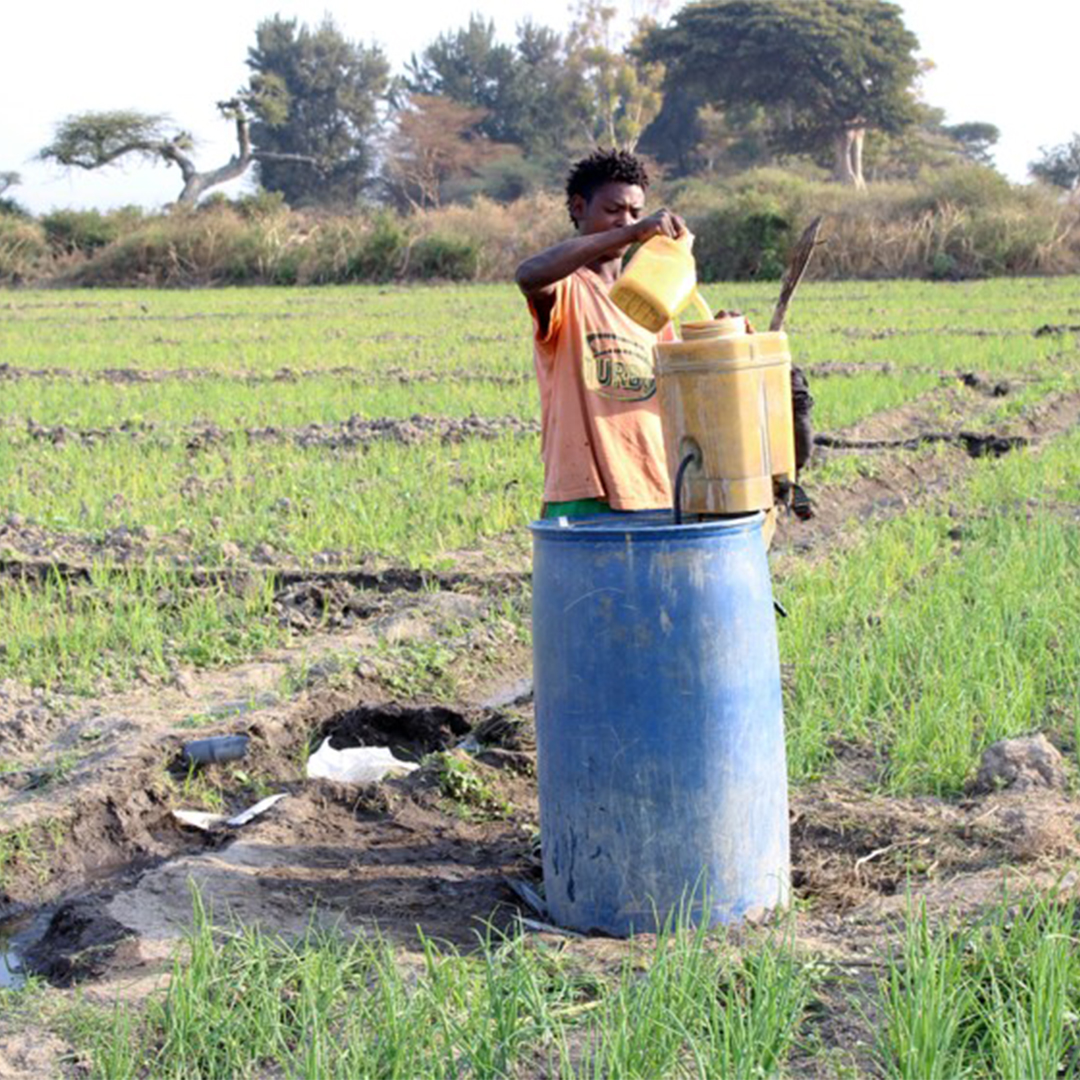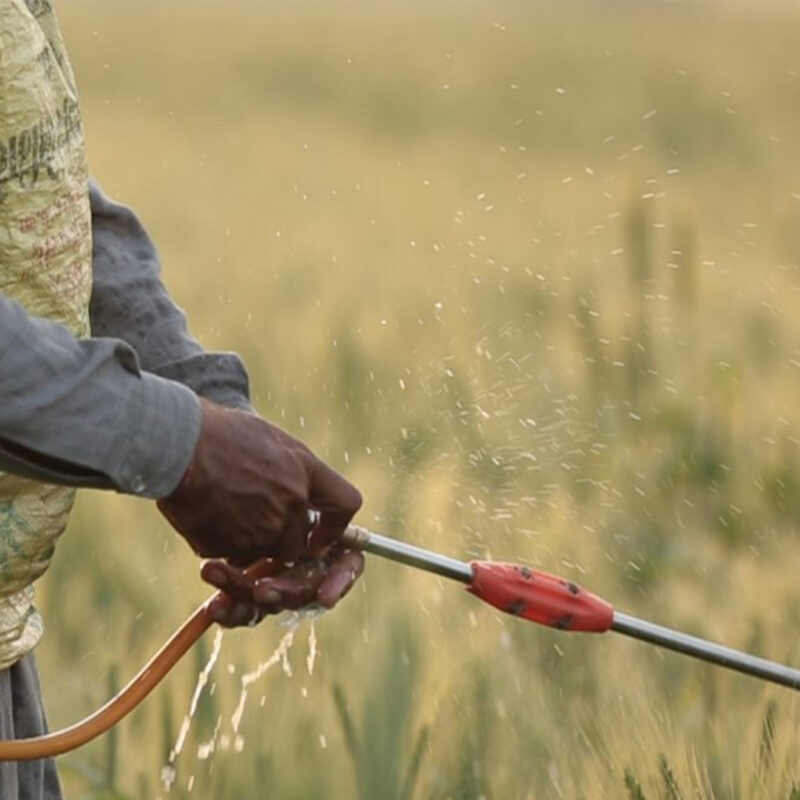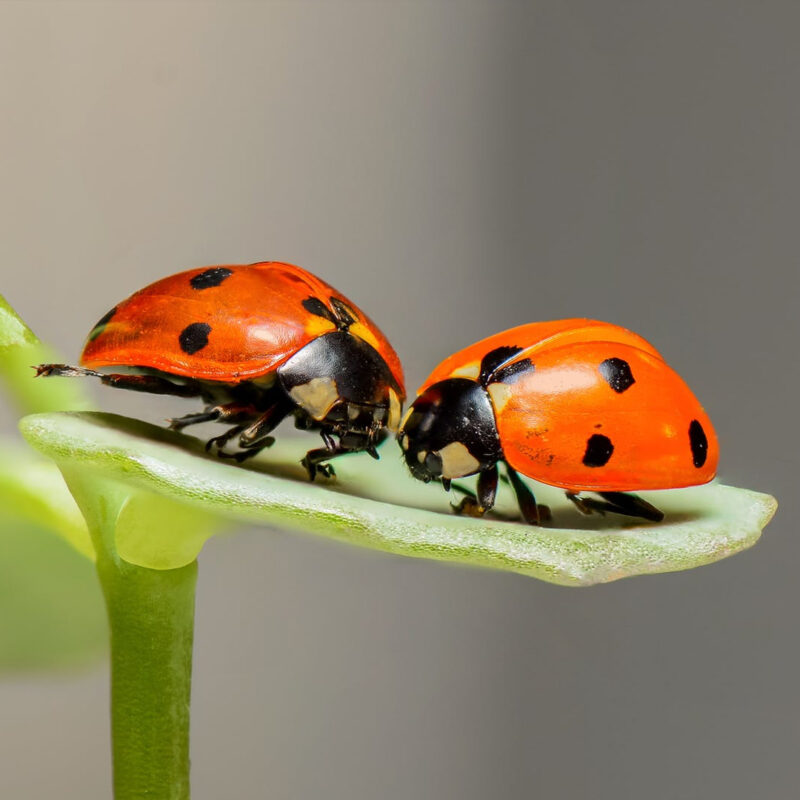
Lesson 1: HHPs in international governance. How far have we come?
A characteristic of all pesticides is that they were developed to inhibit the growth of organisms or to kill them. These characteristics have proven to harm not only the intended organisms, like specific pests, but also so-called non-target organisms like pollinators and humans. Their widespread use and open release in the environment has led to ubiquitous contamination of natural resources.

Lesson 2: HHPs and the International Code of Conduct on Pesticide Management
The Code of Conduct contains some very useful provisions that have helped many countries but the fact that it is voluntary, and therefore lacks a compliance mechanism, severely undermines its potential to the extent that it has failed to achieve the protection of human health and the environment from pesticide harm as intended.
PAN has always supported the Code, in fact fought hard to get it established and has long used it to monitor activities of governments and industry relating to pesticides in our efforts to protect communities.

Lesson 3: Agroecology as an alternative to HHPs
The term ‘IPM’ has been interpreted in different ways by different people. In its true form it is ecosystem-based and focuses on agroecological practices, using pesticides as a last resort. However, the pesticide industry in particular has promoted a much weaker interpretation of ‘IPM’ which is based on the use of chemical pesticides.
